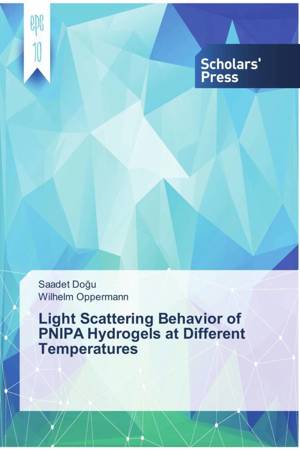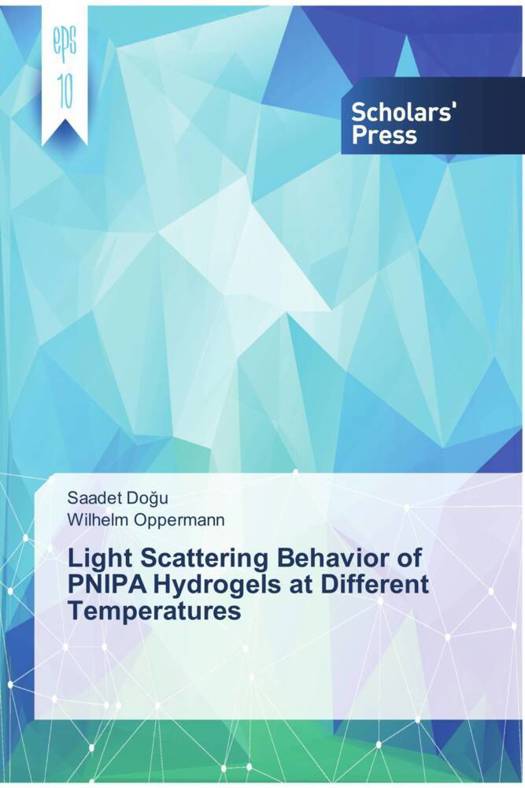
Je cadeautjes zeker op tijd in huis hebben voor de feestdagen? Kom langs in onze winkels en vind het perfecte geschenk!
- Afhalen na 1 uur in een winkel met voorraad
- Gratis thuislevering in België vanaf € 30
- Ruim aanbod met 7 miljoen producten
Je cadeautjes zeker op tijd in huis hebben voor de feestdagen? Kom langs in onze winkels en vind het perfecte geschenk!
- Afhalen na 1 uur in een winkel met voorraad
- Gratis thuislevering in België vanaf € 30
- Ruim aanbod met 7 miljoen producten
Zoeken
Light Scattering Behavior of PNIPA Hydrogels at Different Temperatures
Saadet Dogu, Wilhelm Oppermann
Paperback | Engels
€ 59,45
+ 118 punten
Omschrijving
The first part of the book aims at a careful inspection of the influence of temperature on the microstructure of PNIPA gels synthesized by free radical cross-linking copolymerization, FRC, in the range 10-27.5 °C, i.e. below LCST by means of static and dynamic light scattering methods.Many studies have shown that structures of networks obtained by free radical cross-linking copolymerization generally seem to be inhomogeneous in the q-range 0.1 nm-1. An alternative approach to obtain homogeneous gels is UV induced photo cross-linking polymerization, PC. Cross-links are expected to be introduced randomly in space for photo cross-linked gels.The purpose of the second part of this study is to compare network structures i.e. inhomogeneity, of the free radical cross-linking PNIPA gels (FRC gels) prepared at 25 °C to photo gels (PC gels) synthesized by photo cross-linking polymerization of (N-isopropylacrylamid)-2-(dimethylmaleimido)- N -ethyl-acrylamide, poly(NIPA-co-DMMIAAm) at observation temperatures 25, 20, 15, 10, 30 °C (in that sequence).It is expected that photo gels starting from semi-dilute polymer solution are more homogenous than free radical gels.
Specificaties
Betrokkenen
- Auteur(s):
- Uitgeverij:
Inhoud
- Aantal bladzijden:
- 108
- Taal:
- Engels
Eigenschappen
- Productcode (EAN):
- 9783639762648
- Uitvoering:
- Paperback
- Afmetingen:
- 150 mm x 220 mm

Alleen bij Standaard Boekhandel
+ 118 punten op je klantenkaart van Standaard Boekhandel
Beoordelingen
We publiceren alleen reviews die voldoen aan de voorwaarden voor reviews. Bekijk onze voorwaarden voor reviews.









